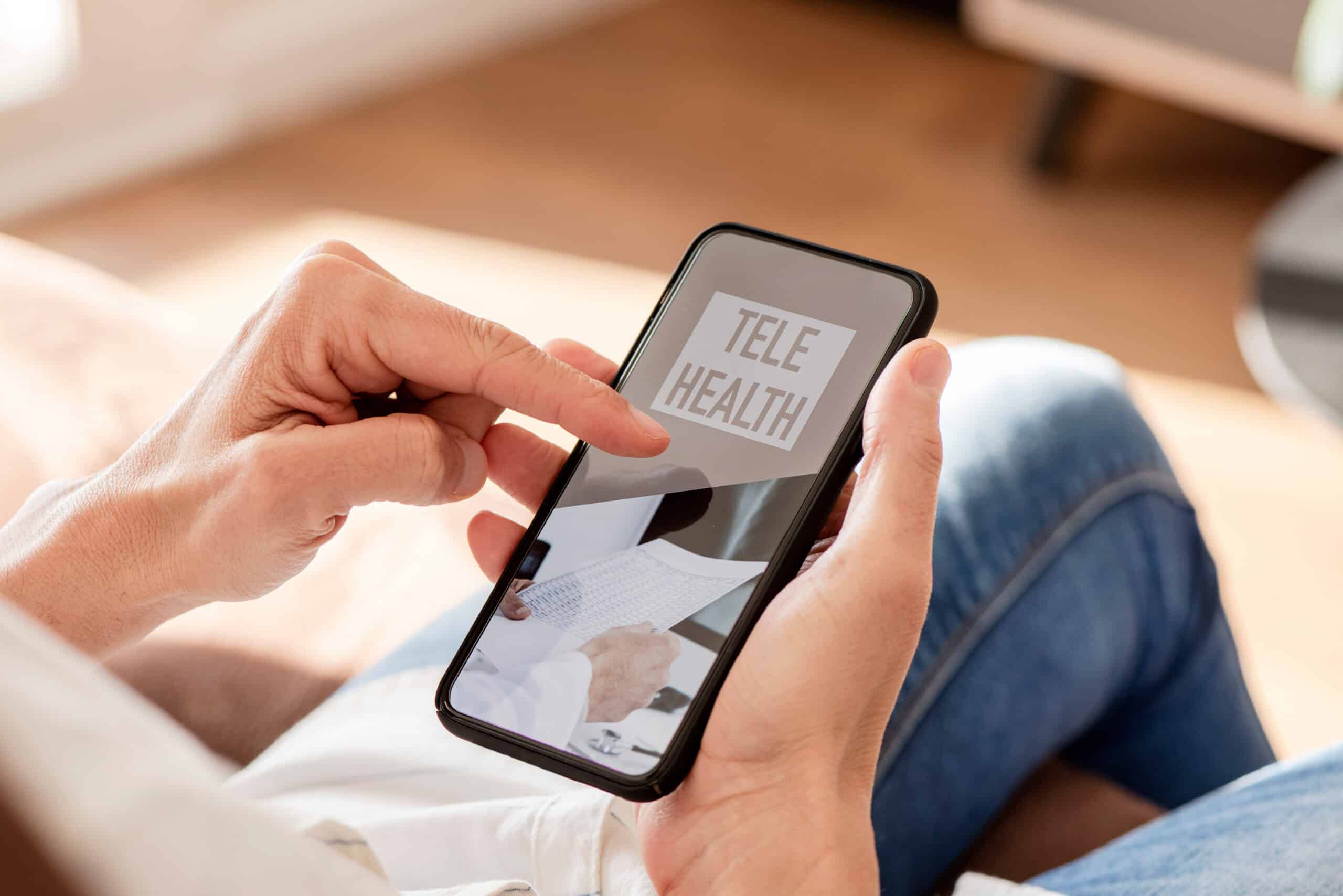Primary Care Providers Week is here—a special moment to honor your dedication and recognize the vital impact you have every day.
Whether you’re a family doctor, pediatrician, geriatrician, internist, or general practitioner, you’re the healthcare professional who is intimately familiar with your patients’ stories, lifestyles, and needs. You often build relationships that last for years.
You are the first point of contact, the trusted guide through long-term health journeys. Your work is about more than just treating symptoms; it’s about understanding people’s lives, coordinating care, and making a real difference in your patients’ well-being.
This week is a time to celebrate your commitment and acknowledge the vital role you play. It’s also an opportunity to explore how the right technology can make your job easier.
Innovative tools for primary care practices can transform workflows, boost efficiency, reduce administrative burdens, and enhance the patient experience—all so you can focus more of your energy on what truly matters: your patients.
In this article, we will look at some of the key challenges you face and introduce solutions designed to make your job easier and help you provide better care for your patients.
Key Takeaways:
- Learn the significant challenges facing primary care providers today.
- Discover how integrated technology, like secure messaging and digital forms, can dramatically reduce administrative tasks and streamline primary care workflows.
- Learn how investing in the right tools, such as appointment reminders, improves patient engagement.
- Explore how Updox’s integrated care solutions can transform your practice.

The Challenges Primary Care Providers Face Today
Primary care providers (PCPs) are the first stop for many patients, offering preventive care, managing chronic conditions, and guiding individuals through complex health journeys. It’s vital work—not just for individual health, but for the overall health of communities.
Yet, a National Center for Health Workforce report reveals that PCPs face a host of challenges that make it harder for them to give their patients the best care possible, including:
- Workforce shortages: The Association of American Medical Colleges (AAMC) projects a shortage of 86,000 physicians by 2036.
- High administrative burden: Endless paperwork, data entry, and manual processes add incredible stress and consume valuable time that could be spent with patients.
- Low reimbursement rates compared to other specialties: According to KFF Health News, increased compensation is essential to addressing the PCP shortage.
- Fragmented care systems: Broken processes and siloed workflows hinder the delivery of comprehensive patient care.
At the same time, patient volumes are growing, and care complexity is increasing. Providers are managing more chronic conditions and coordinating with multiple specialists, which adds layers to their workload. Studies find that these challenges often result in communication gaps between staff, patients, and other healthcare professionals, leading to delays and potential medical errors.
And then there is the constant pressure to improve patient satisfaction and achieve better health outcomes. All these challenges together can make it tough for PCPs to do their best and feel supported in their work.
Why Technology Matters for Primary Care Efficiency
Investing in technology is not about replacing the human element of medicine; it’s about improving it.
The right technology acts as a partner, handling repetitive and time-consuming tasks that can lead to burnout. This frees up providers to dedicate more energy to practice efficiency in primary care, problem-solving, and building patient relationships.
When technology handles the administrative load, you can operate at your best, focusing on your expertise where it’s needed most. These benefits and outcomes yield a strong return on investment by increasing revenue, reducing operational costs, and enhancing efficiency.
Next, we reveal real-world examples on how the right solutions can help make your job easier, boost revenue, and improve patient care.

How Updox’s Solutions Support Primary Care Providers
Updox, a communications platform that integrates with electronic health records (EHRs), offers an ecosystem of care solutions designed to address your challenges head-on.
The platform offers a suite of tools, designed for PCPs, that work together to simplify daily tasks, boost efficiency, enhance communication, and improve the overall patient experience. By automating and connecting workflows, Updox helps you reclaim time and resources.
Simplify Communication and Coordination
Effective communication is the backbone of your primary care practice. Updox tools are built to make interactions easy, seamless, and secure.
- Secure Text: Reduce phone tag and paperwork with secure messaging for healthcare. You can communicate quickly and efficiently with patients through HIPAA-compliant messaging, sending test results, appointment details, and care instructions directly and securely. For example, when you automate appointment reminders, it reduces no-shows and last-minute cancellations. This care coordination technology also allows you to securely attach forms, photos, or videos, and easily file conversations to the EHR. Automated post-visit follow-ups also allow you to provide care instructions and check in on patients, strengthening the provider-patient relationship.
- Telehealth: Expand your practice’s reach and provide greater convenience with virtual visits. Our HIPAA-compliant Telehealth platform offers a streamlined workflow that mimics an in-person visit. This solution reduces no-shows, improves access for patients with mobility or transportation issues, and allows for flexible follow-up appointments, all within a secure platform.
- Patient Portal: Offer your patients a single, user-friendly hub for managing their healthcare. Through the Updox portal, they can securely view lab results, pay bills, request prescription refills, and send messages to your team, which helps improve patient communication and reduces inbound calls. Portals also allow you to maintain dialogue with patients and share important updates, preventative care information, and practice news.

Streamline Documentation and Data Capture
Let’s face it, paperwork and manual processes result in bottlenecks. Updox solutions eliminate these issues by helping you digitize and automate documentation, saving time and reducing errors.
- eFax: Switch from clunky fax machines to a secure, electronic faxing solution. Send and receive patient documents, referrals, and records electronically, eliminating the need for paper, ink, and manual data entry and scanning. All faxes are integrated directly into your workflow for easy access and filing.
- Digital Forms: Let patients complete intake forms, consent documents, and health histories from their own devices before they even arrive. For example, you can use Updox’s Forms to group multiple forms into a form packet and send via text or email, allowing patients to complete all required forms from a single, mobile-friendly link. This secure technology for primary care practices reduces waiting room time, ensures you have complete information before the visit, and automatically integrates data into the patient’s record.
Improve Patient Engagement and Experience
An engaged patient is a healthier patient. Updox’s patient engagement solutions help you keep patients informed and active in their care.
- Appointment Reminders: Drastically reduce no-show rates with automated appointment reminders sent via text, email, or phone call. Patients can confirm their appointments with a simple click, giving you a clearer view of your schedule.
- Broadcast Messaging and Follow Ups: Easily send important updates, public health announcements, or office closure notices to your entire patient base or specific groups.
RELATED CONTENT: Patient-Centered Care: How Updox’s Patient Engagement Tools Support Your Practice’s Mission
The Results: Streamlined Workflows and Better Patient Care
Implementing these solutions drives tangible results and improves practice efficiency in primary care. The following case study illustrates how one pediatric urology practice utilizes Updox to meet its everyday challenges.
The Challenge:
Las Vegas Pediatric Urology sought a secure, HIPAA-compliant tool for messaging patients’ families, but its existing software could not automatically link patient contact information with outgoing text messages.
They wanted a solution that linked directly with their EHR. They also needed to reduce paperwork and the storage space necessary to house it.
RELATED CONTENT: HIPAA Compliant Texting: Ensuring Secure Communication in Healthcare
The Solution:
Updox’s Secure Text and Forms solutions fit their needs and produced measurable results. And both optional features were already integrated with their EHR.
The Text feature made non-emergency communication easier by allowing patients to send text messages to the practice at their convenience. Now, the contact information for established patients is automatically displayed along with text messages, making manual uploading of contact information unnecessary.
Meanwhile, the Forms tool streamlined the intake process, allowing patients or caregivers to complete medical forms on their phones or computers. This feature also minimized unnecessary paperwork for the staff.
The Results:
The Las Vegas Pediatric Urology team reports that communication with patients is significantly easier, and the practice can quickly identify the person messaging them. The staff can also respond to these messages throughout the day or after the office has closed, providing maximum flexibility, improved efficiency, and increased patient satisfaction.
It’s clear to see that Updox solutions can significantly reduce administrative time, allowing staff to focus on higher-value tasks. Patient response rates also improve when communication is convenient and direct. By reducing no-shows and streamlining billing, practices can also see an increase in revenue.
Ultimately, these efficiencies allow you to streamline primary care workflows and reinvest time into your patients. This Primary Care Week, we celebrate the fact that better tools lead to better care, helping you work more effectively and sustainably.
Celebrate Primary Care Providers Week with Updox
This Primary Care Week, take a step toward a more efficient and less stressful practice. By embracing technology tailored to your needs, you can alleviate administrative burdens and focus on the heart of your work.
Explore how Updox’s integrated care solutions can transform your practice. Schedule a demo today to see our tools in action and learn how we can help you achieve greater efficiency and provide even better care for your patients.





